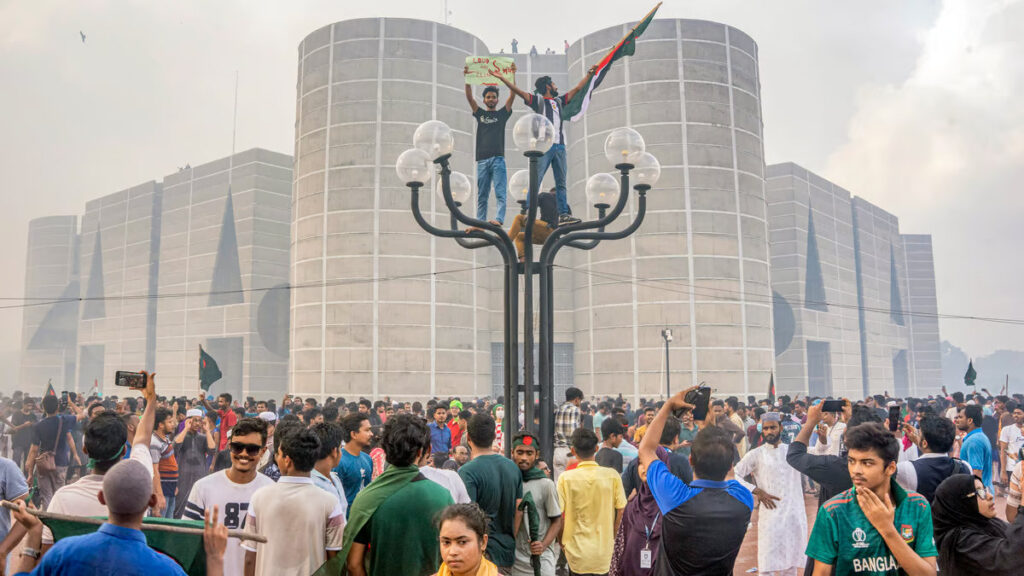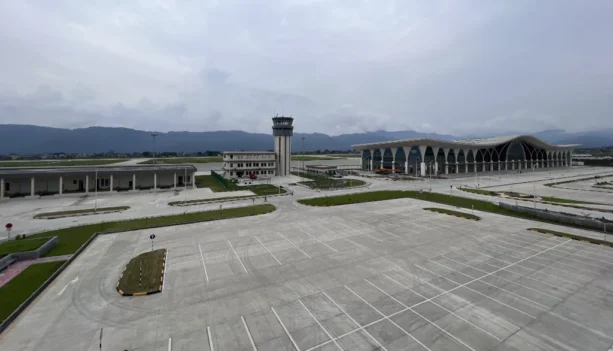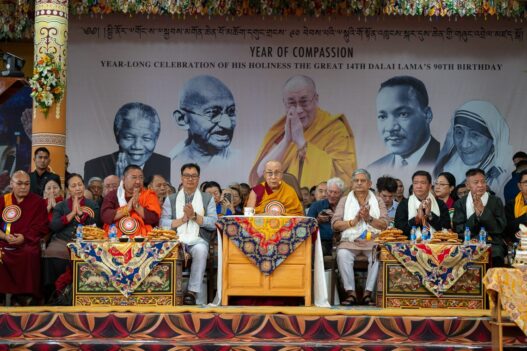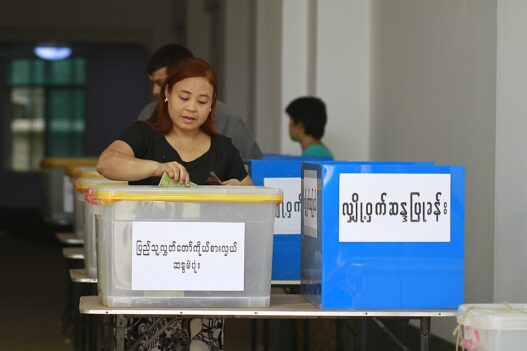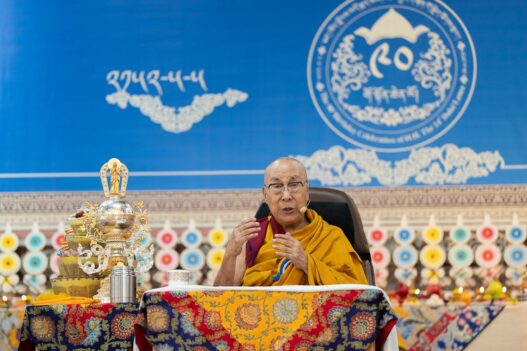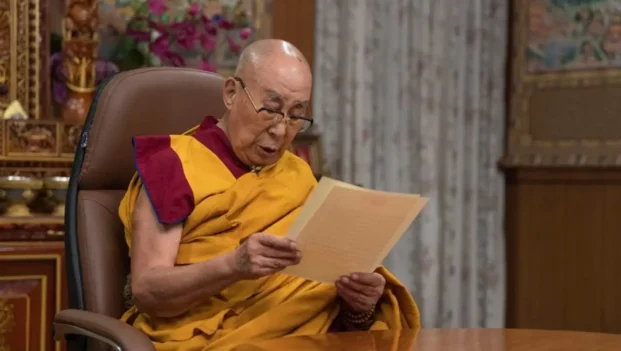After a day of mayhem in Bangladesh, the unthinkable occurred: the destruction of the statue of Bangabandhu Sheikh Mujibur Rahman, the father of Bangladesh’s freedom movement. The first reaction from even those who supported the protests was, “everything has been destroyed.” The joy of liberation from what many saw as an autocracy under Sheikh Hasina’s rule was marred by the destruction of a symbol integral to Bangladeshi nationalism and identity, the very force that led to the formation of Bangladesh in 1971.
The streets of Dhaka were flooded with over 400,000 people storming Prime Minister Hasina’s residence, the Ganabhaban palace, and vandalising it. This act, though unsurprising to some who advocated for peaceful, non-violent protests, left a deep scar on the nation’s consciousness when the mob turned their ire on Bangabandhu’s statue and the Bangabandhu Bhavan. The latter, also known as the Bangabandhu Memorial Museum in Dhanmondi 32, Dhaka, is a significant site where the Bengali nationalist movement began, leading to freedom from Pakistan’s tyranny. The regret of allowing such destruction of the country’s history is a burden that many will carry for the rest of their lives.
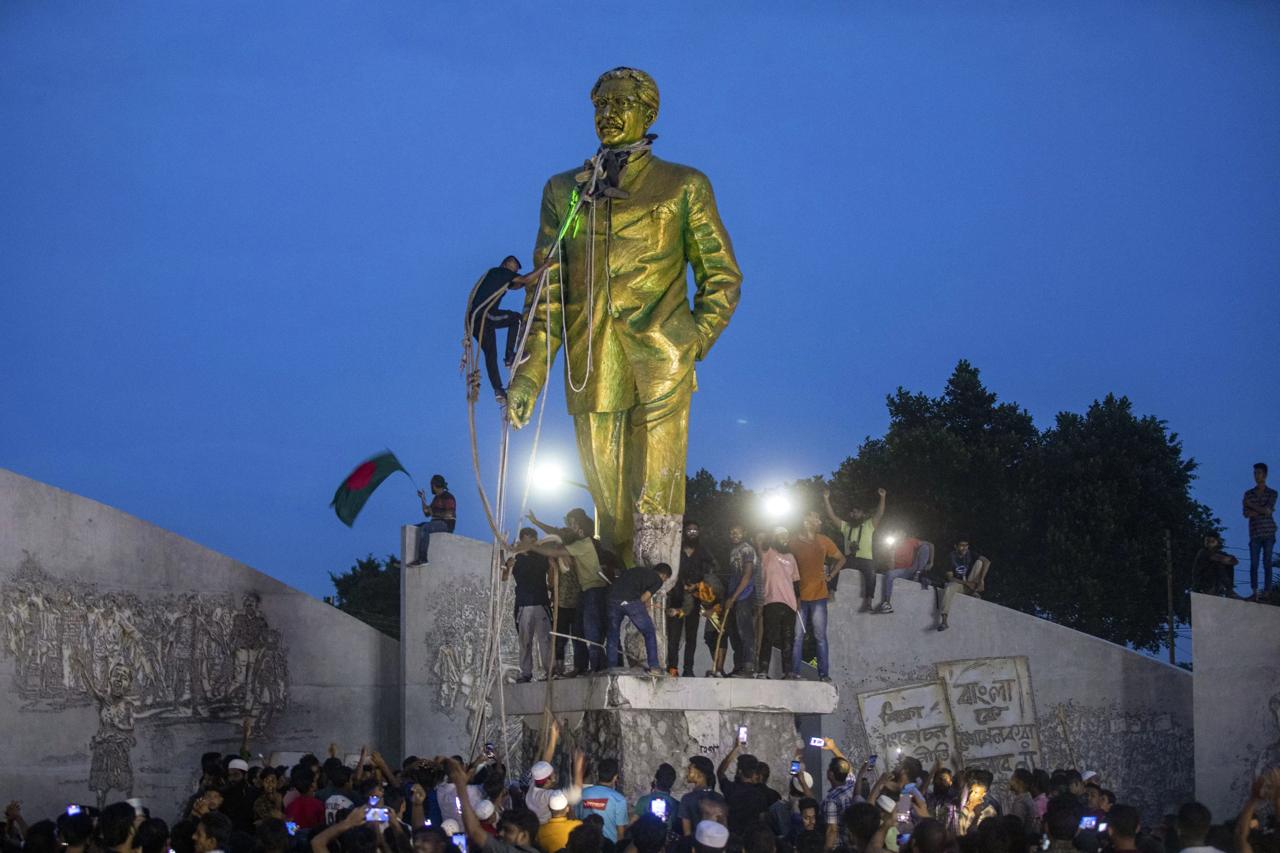
Despite the initial portrayal of the protests as student-led and organic, the violent attacks on religious Hindu minorities and their places of worship revealed a darker side. The killing of Hindu councillor Kajal Roy, the burning and destruction of places of worship, and businesses highlighted that these protests were not merely about democratic ideals. Videos of young Muslim men vandalizing Hindu houses and seeking out Hindu girls for abuse circulated widely, casting a shadow over the legitimacy of the protests that began against the government’s job quota reservation policy.
A dangerous game
The political dynamics of the protests are evident, with Jamaat-e-Islami Bangladesh and its student wing, Islami Chhatra Shibir (ICS), playing significant roles. Although the Bangladesh military, led by Chief of Army Staff General Waker Uz-Zaman, has intervened to restore normalcy under an “interim government,” Jamaat and the main political opposition, the Bangladesh Nationalist Party (BNP), are pursuing their own dangerous agenda. This agenda threatens the very essence of Bengali nationalism, its cultural identity, and the existence of its people.
Reports within the military suggest a growing rift between General Zaman and other generals, prompting senior Bangladeshi journalists to fear an imminent coup. General Zaman, appointed by ousted PM Hasina to succeed General SM Shafiuddin Ahmed, faced warnings from Indian officials about his appointment, which Hasina ignored. General Zaman’s actions during the crisis have been notable: he gave Hasina and her sister 45 minutes to flee Bangladesh, released former Prime Minister Khaleda Zia from prison, and called for an interim government.
A youth activist named Tafik aptly summarised the evolving situation, stating, “A general protest can be contaminated at any time and taken in different directions.” The anger of students and the public needed just a bit of fuel to turn into an inferno. “The only difference is that most students would not have anticipated that their protests would lead to such a display of values and inhumanity,” he said, still recovering from the disbelief of what he witnessed. The media was flooded with videos and pictures, not just of the destruction of Bangladesh’s soul, but also of the uncivilized display of the Prime Minister’s undergarments by protesters who ransacked her house.
Many in the crowd, in sheer disbelief of what they saw, now have mixed feelings of joy and sorrow. The joy comes from what they perceive as “freedom from a dictatorial regime,” and the sorrow from the realization that their movement was hijacked before they knew it. The protests were undeniably heavily infiltrated by members of Jamaat-e-Islami and the ICS.
However, it would be naïve to think that the students were unaware of what was happening, as many of them were seen participating in the unthinkable. The plan to oust Hasina appears to have been orchestrated well in advance. Several media reports claim that ICS cadres infiltrated various universities in Bangladesh, instigating the student body. Additionally, media reports suggest that Jamaat and its student wing have helped student organizations win university elections over the past three years, leveraging their “deep connections” with Pakistan’s Inter-Services Intelligence (ISI).
Those close to the Bangladesh Awami League believe the situation is far more complex than what transpired on Monday. They acknowledge that the job quota reservation decision was flawed, given the sensitive nature of the issue. However, they also believe this was merely the thread that allowed radical and external forces to seize the opportunity.
US influence in the unfolding crisis
The strained relationship between Prime Minister Hasina and the United States is well-known, especially regarding her refusal to allow Washington to establish a military base on Saint Martin’s Island, located in the northeastern Bay of Bengal, about 9 km south of the Cox’s Bazar-Teknaf peninsula. In a report by the Dhaka Tribune last June, Rashed Khan Menon, President of the Workers’ Party and Member of Parliament from Dhaka-8, stated that the US was eyeing Saint Martin’s Island and that its new policy was part of a strategy for a “regime change” in Bangladesh. “The US wants Saint Martin’s Island, and they want Bangladesh in the Quadrilateral Security Dialogue (Quad). They are doing everything to destabilize the current government,” Menon said. The US had announced new visa policies before the Bangladesh elections held in January this year.
Sources in Bangladesh were rife with stories of how Washington, before the elections, increased pressure on Hasina to hand over the island in exchange for US recognition of the election results as legitimate. Hasina’s refusal led US officials to push for elections open to international observers and broader political participation in Bangladesh. Despite a BNP boycott, the elections returned Hasina to power for a record fourth consecutive term, which international observers, including the US, deemed “free and fair.” However, US officials continued sending mixed signals and met with Jamaat-e-Islami leaders.
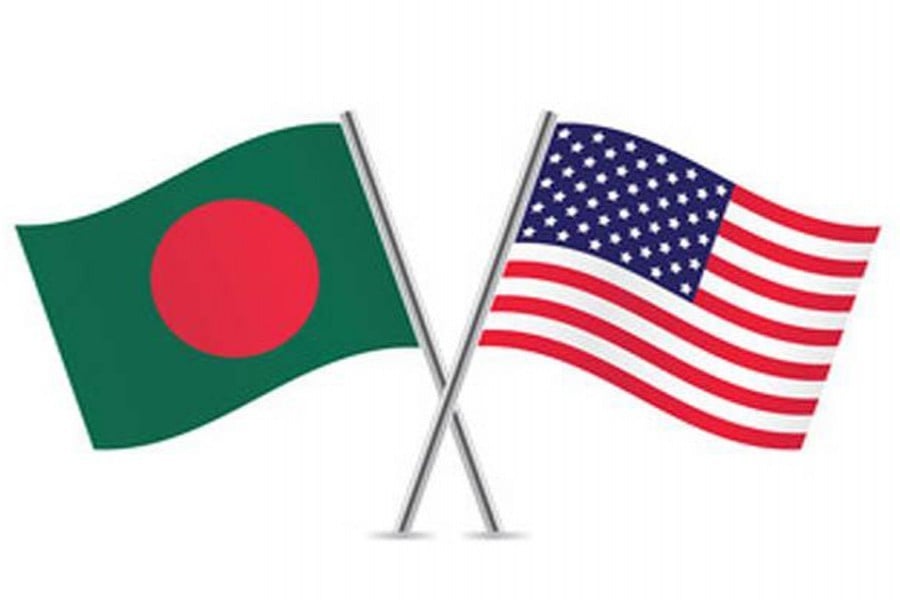
The meeting between US officials and Jamaat, known for its war crimes during the Bangladeshi liberation movement and its support for Pakistan, was criticized by rights activists and anti-war crime campaigners. The media reported on October 26 last year about a meeting between Syed Abdullah Muhammad Taher, a Jamaat leader, and Matthew Bay, the First Political Secretary at the US Embassy. This meeting stirred controversy due to Jamaat’s radical nature and the BNP’s ongoing calls for regime change and threats of street demonstrations. Bangladeshi activists view these events as part of a “clear plan hatched long before the elections.” Many intellectuals believe the US “is still nursing the wounds of history when it failed to stop the creation of Bangladesh.”
The reaction of the US State Department following Hasina’s resignation and flight to India reveals Washington’s stance on Bangladesh. The statement, filled with double-speak, welcomed the military’s announcement of an interim government. Many in India and the US criticized this stance on social media, calling it “hypocrisy” and a “dark day in Bangladesh.” The US conveniently takes positions against the military when it suits them, as seen in Myanmar, and now in Bangladesh.
Reports indicate that representatives of the Bangladeshi diaspora in the US played a key role in the evolving situation in Bangladesh. Some diaspora members have acknowledged mobilizing support and creating media campaigns against the government. Additionally, reports of meetings in London and Saudi Arabia involving former Prime Minister Khaleda Zia’s son, Tarique Rahman, and Pakistan’s ISI point to a long-planned strategy. Although speculative, the close relationship between Rahman and the ISI is no secret. An India Today report cites intelligence sources indicating China’s involvement through Pakistan’s ISI in escalating the protests in Bangladesh and stoking anti-India sentiments.
The long shadow of history
The scenes in Bangladesh over the weekend were dramatic and chaotic. Hundreds of thousands surged towards the residence of former Prime Minister Sheikh Hasina, leaving behind a trail of destruction. The government, which had already faced severe criticism for its handling of the protests that erupted in July, found itself struggling to control the spiralling violence. The death toll had exceeded 300, including both civilians and police.
International human rights groups and the United Nations had condemned the government’s use of force against what was portrayed as “peaceful demonstrators.” However, the reality on the ground painted a different picture. As one protester described, “It was chaos.” Supporters of the protests observed that the police were largely ineffective, faced with an overwhelming and violent crowd. On August 5 alone, several police officers were killed, highlighting the severity of the conflict.
What began as a protest against Prime Minister Hasina’s decision to alter job quotas for descendants of war veterans quickly escalated into a broad anti-government uprising. The movement, heavily influenced by the Jammat-e-Islami and the Bangladesh Nationalist Party (BNP), demanded Hasina’s resignation. Hasina’s failure to gauge the depth of public discontent and the rising influence of radical groups contributed to the crisis. Her attempts to suppress the uprising only fuelled further unrest.
The alleged role of the United States and its intelligence agency, the CIA, in the attacks on Bangladesh’s historic sites, including the Bangabandhu Bhavan, remains a point of contention. Similarly, the indiscriminate violence against religious minorities, their properties, and the Indira Gandhi Indian Cultural Centre in Dhaka raises serious concerns. While the US may attempt to justify its stance through allegations of human rights abuses by the Bangladeshi police and government, this does not account for the acts of violence committed by students against police officers, civilians, and minority communities.
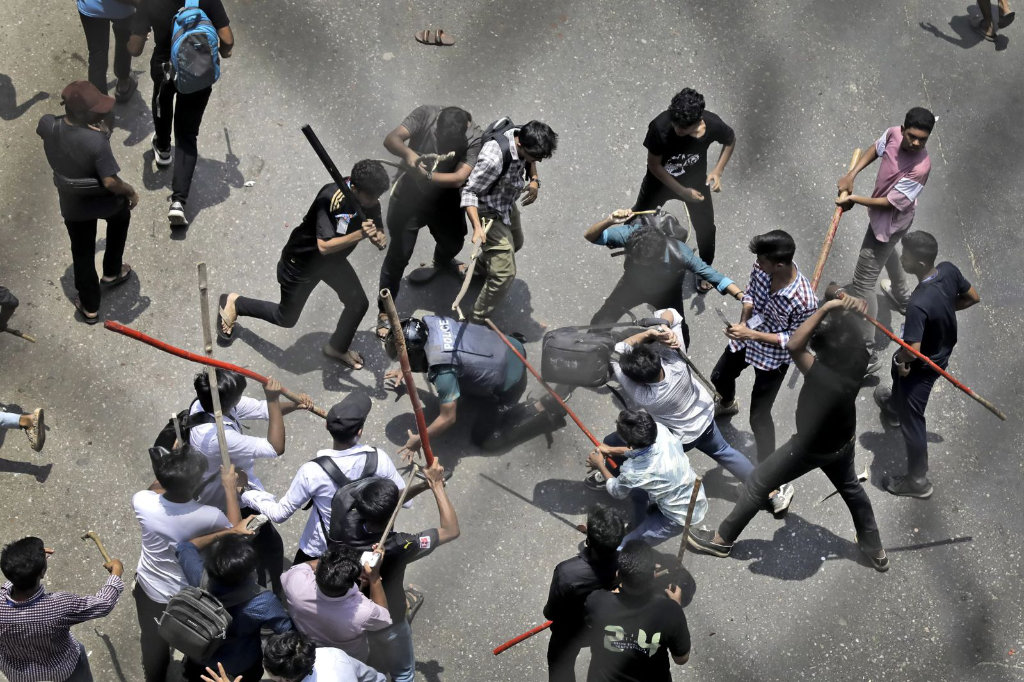
In 27 districts across Bangladesh, Hindu homes and businesses have been destroyed and looted. Families have been displaced, fleeing from the devastation, while others have helplessly watched their properties go up in flames. Groups of so-called students have engaged in widespread destruction, targeting places of worship and shops belonging to religious minorities.
This violence, combined with the loss of lives—including those of police officers performing their duties—paints a grim picture of the ongoing crisis. International bodies, particularly the United Nations, must address these abuses impartially, ensuring that all lives are safeguarded and protected.
As the chaos persists, minorities and supporters of the Awami League face a future marked by fear and uncertainty. Many families, reminiscent of the pre-1971 days of brutal repression, are huddled together, praying for their safety as day turns to night. The current turmoil echoes past horrors, underscoring the dire need for comprehensive protection and a return to stability.
In remote border towns near Meghalaya and Tripura, protests have taken a provocative turn. Gatherings at border outposts are marked by chants of anti-India slogans and displays of triumph. On Monday night, Bangladeshi protesters held a torch-lit boat procession along the Umngot River in Dawki, Meghalaya. By Tuesday morning, celebrations continued with gatherings on the no-man’s land at the Dawki-Tamabil border, where participants sang and danced.
The evident glee in overthrowing a leader perceived as disconnected from the people is also coupled with a clear message to India. The demonstrations seem to assert a victory intended to be felt by its neighbour. In response, India has heightened its vigilance. The Ministry of External Affairs (MEA) has described its stance as “monitoring the situation,” with increased security and border closures along the 4,096-kilometer frontier with Bangladesh.

